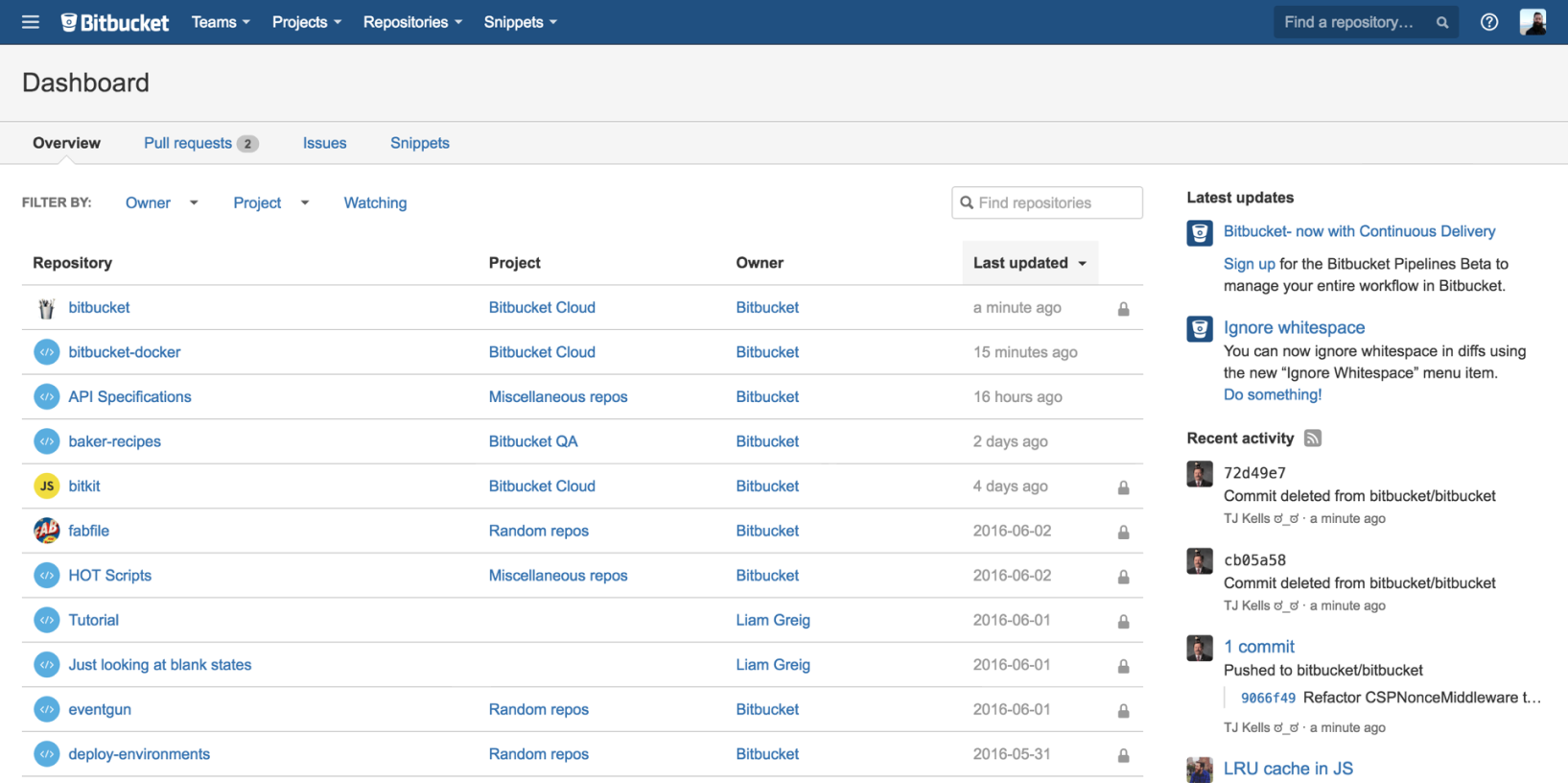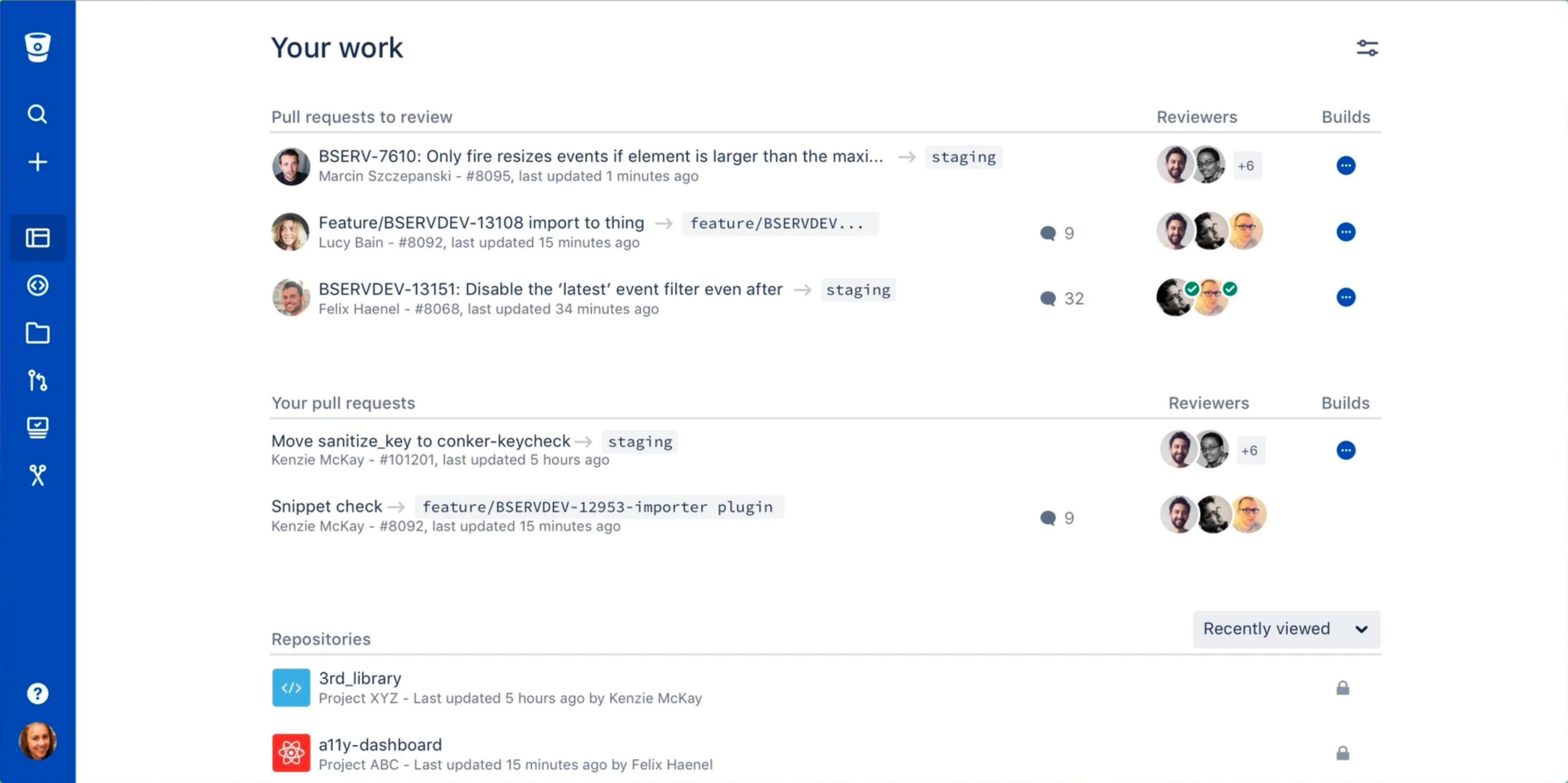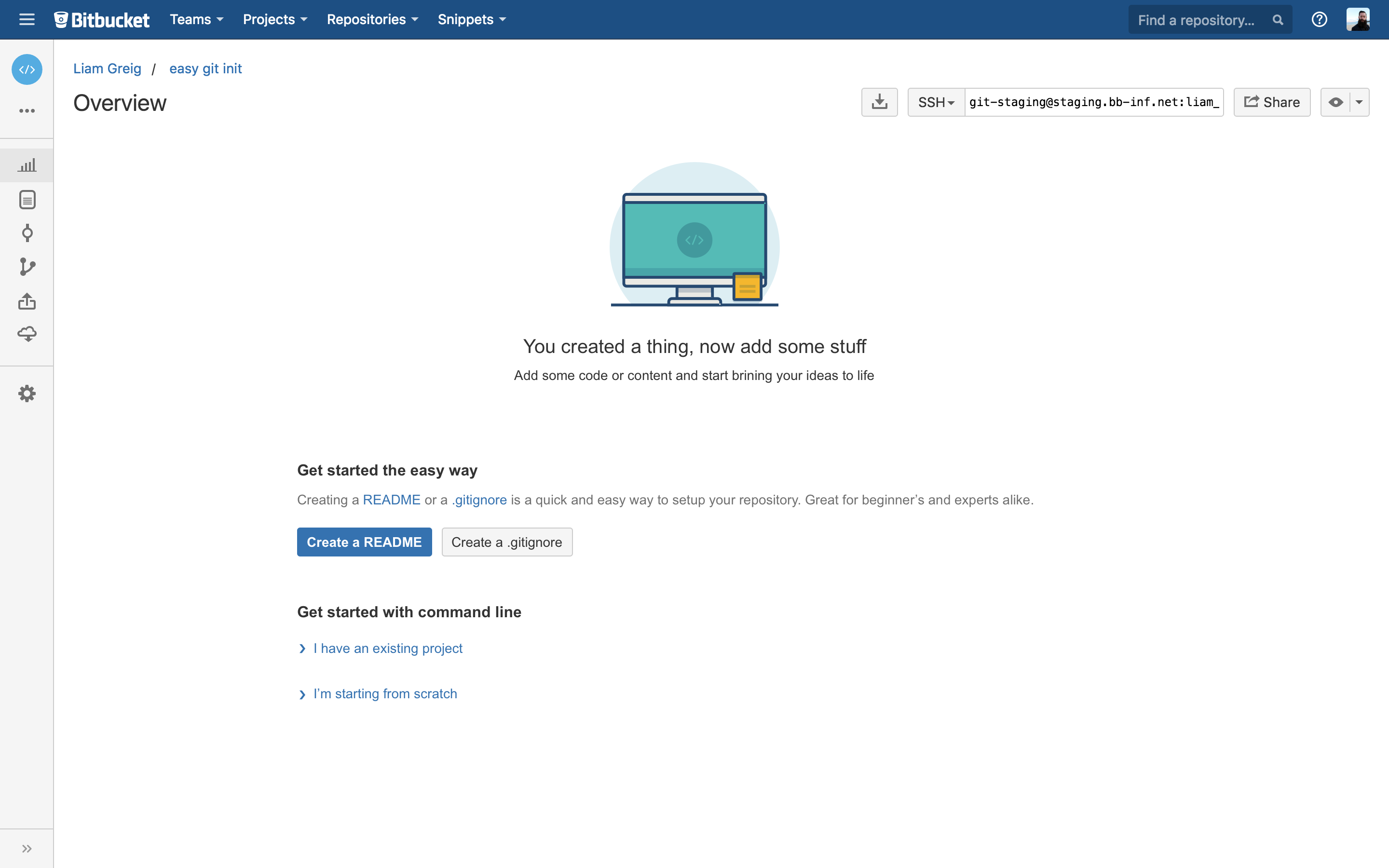Bitbucket
Snapshot
✨ Highlights
- Grew and led a design team across multiple geos and timezones
- Developed and maintained processes for asynchronous collaboration
- Introduced object-based systems thinking to the design & product teams
- Leveraged research to directly impact the roadmap
🎯 Impact
- Increased NPS from 39 to 55
- Decreased “Usability” detractors from 5.5% to 3%
Summary
During my time on Bitbucket, we were able to deliver a number of key wins for Bitbucket customers and the business. These wins were rooted in a thorough understanding of the product and the customer gained through focused user research. Through this research we were able to better understand the pain points and frustrations of Bitbucket users and simplify the product to better serve them.
📫 Want to learn more about my work or go deeper on a case study? Get in touch.
Asynchronous collaboration
Bitbucket design was spread across multiple geos and timezones. To stay connected and aligned, we needed to develop processes optimize for asynchronous collaboration. Alongside quarterly in-person workshops and regular remote syncs, we experimented with a number of of improvements to design critiques. The result of this experimentation was a critique process that we dubbed a “design blitz”. Optimized for asynchronous teams, the design blitz encouraged heads down feedback collection and focused in person sessions on only the most critical items.
 Torpedoes, stars, and the art of blitz
Torpedoes, stars, and the art of blitz
🔍 Go deeper: Torpedoes, stars, and the art of blitz on Medium.
Systems thinking
When joining a new product, taking a systems-first approach can be immensely beneficial for understanding both the user experience and the broader domain. This is particularly true for developer-focused products like Bitbucket, which leverage external workflows and tools.
The models below were developed to accelerate my understanding of the product while also creating alignment across design, product, and engineering teams. These outputs helped establish a shared mental model of the system, enabling better collaboration and decision-making.
Object models
The basic object model unpacks it’s interactions, metadata, relationship, and paths.
 Commit object model
Commit object model
 Pull request object model
Pull request object model
Relationship models
With a better understanding of the system objects, we can begin to map out the relationships between them. This can be a great way to build a shared mental model of the system across a team.
 Basic container model
Basic container model
 Object relationship model
Object relationship model
Unpacking Bitbucket complexity
Shortly after joining Bitbucket, we assembled a cross-functional team of designers, product managers, data analysts and researchers, to unpack Bitbucket complexity. We had a clear quantitative signal that Bitbucket was too complex for many users, but we were lacking the qualitative data to understand why. We ran and analyzed 30+ customer interviews and grouped the results into a set of themes. The themes were then mapped to a set of complexity posters that would heavily influence the product roadmap for the next year. Through this effort, we saw tangible improvements to the overall usability and user experience of Bitbucket.
 NPS trends and smoke signals
NPS trends and smoke signals
 One of five complexity posters
One of five complexity posters
ShipIt wins
Atlassian’s quarterly ShipIt events provided a great opportunity to influence product direction and experience. During my time on Bitbucket, I collaborated on two winning ShipIt projects that would go on to become key wins for Bitbucket customers and the business.
A better Bitbucket dashboard
This ShipIt project re-oriented the Bitbucket dashboard around pull requests, making it easier for developers to find and manage their work.


Redesigning the Bitbucket dashboard
ShipIt demo video
Easy Git init
This ShipIt project made getting started with Bitbucket easier by simplifying the repository creation process and blank states for newer, less-technical users.


Redesigning the Bitbucket dashboard
ShipIt demo video